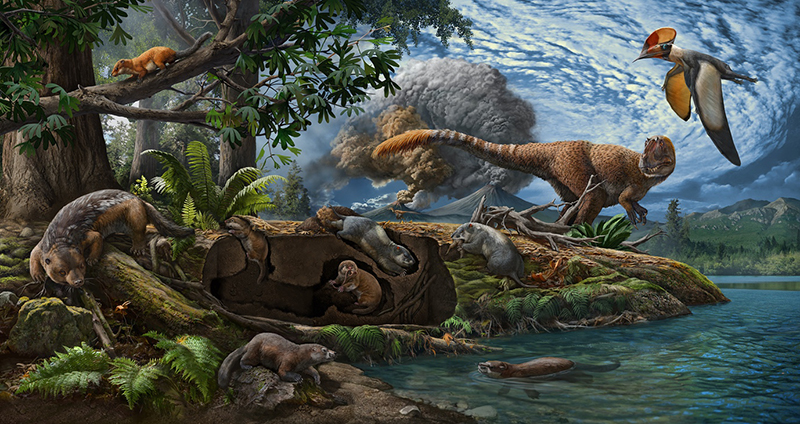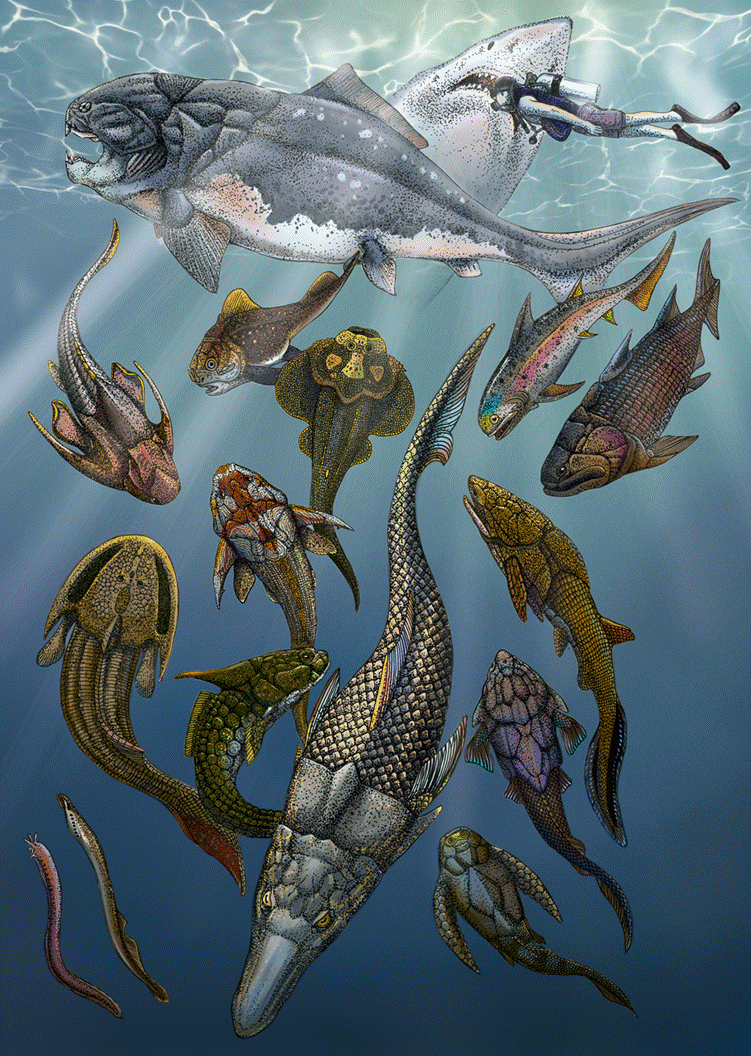 |
New Discovery Shows Tibet as Crossroads for Giant Rhino Dispersal |
The giant rhino, Paraceratherium, is considered the largest land mammal that ever lived and was mainly found in Asia, especially China, Mongolia, Kazakhstan, and Pakistan. How this genus dispersed across Asia was long a mystery, however. A new discovery has now shed light on this process.
Prof. DENG Tao from the... |
|
 |
Study Sheds Light on Population History of Northern East Asia |
| A study led by research groups of Prof. Qiaomei FU (Institute of Vertebrate Paleontology and Paleoanthropology (IVPP) of the Chinese Academy of Sciences) and Prof. Hucai ZHANG (Yunnan University) covers the largest temporal transect of population dynamics in East Asia so far and offers a clearer picture of the deep ... |
|
|
|
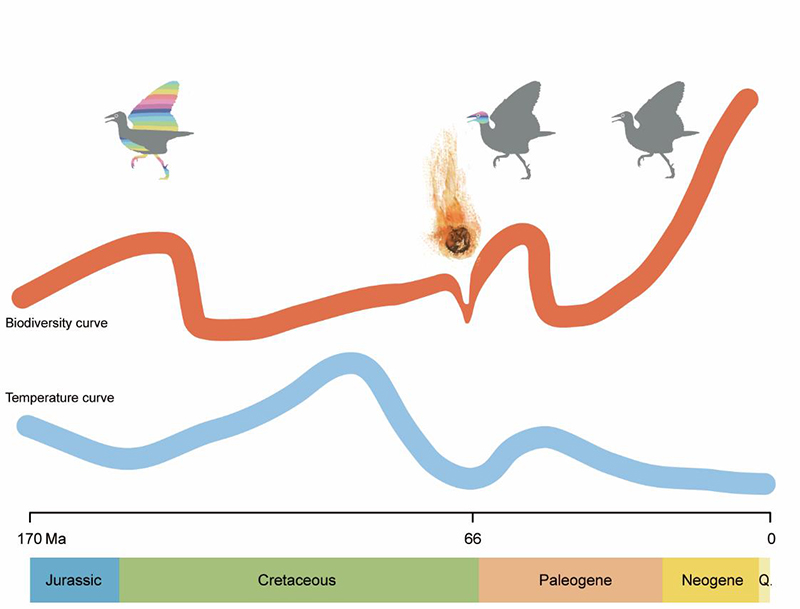 |
Climate Change Influences Biodiversity Evolution of Birds: Study |
A research team from the Institute of Vertebrate Paleontology and Paleoanthropology (IVPP) of the Chinese Academy of Sciences found that the biodiversity evolution of birds had been influenced mainly by long-term climatic changes and also by the K-Pg extinction.
The study was published in PNAS on Feb. 22.
Dr... |
|
|
|
|
|
 |
The Earliest Giant Flying Birds Flew over Antarctica 50 Million Years Ago |
| According to a study by scientists from the University of California at Berkeley and the Institute of Vertebrate Paleontology and Paleoanthropology (IVPP) of the Chinese Academy of Sciences, a 50 million-year-old fossil from Antarctica, belonging to an extinct group of ocean-going birds called pelagornithids, is tho... |
|
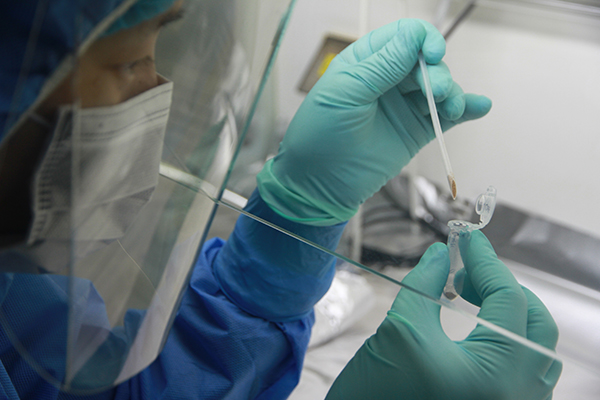 |
Denisovan DNA Found in Sediments of Baishiya Karst Cave on Tibetan Plateau |
| One year after the publication of research on the Xiahe mandible, the first Denisovan fossil found outside of Denisova Cave, the same research team has now reported their findings of Denisovan DNA from sediments of the Baishiya Karst Cave (BKC) on the Tibetan Plateau where the Xiahe mandible was found. The study was... |
|
|
|
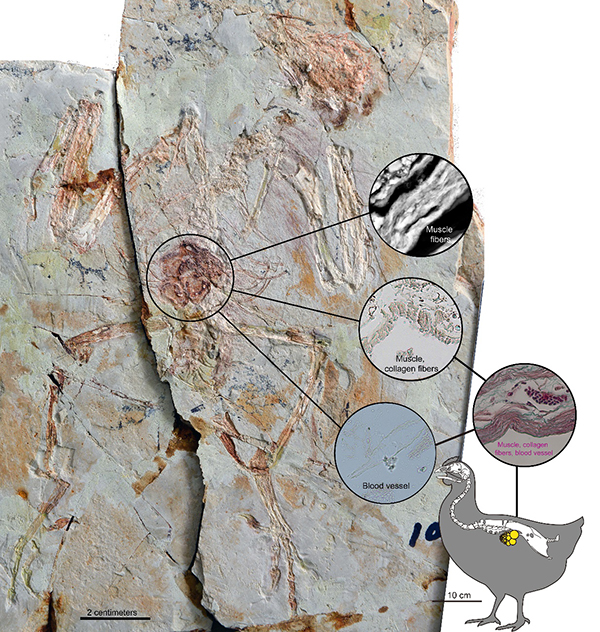 |
Scientists Prove Bird Ovary Tissue Can Be Preserved in Fossils |
A research team led by Dr. Alida Bailleul from the Institute of Vertebrate Paleontology and Paleoanthropology (IVPP) of the Chinese Academy of Sciences has put one controversy to rest: whether or not remnants of bird ovaries can be preserved in the fossil record.
According to the team’s study published in Commu... |
|


